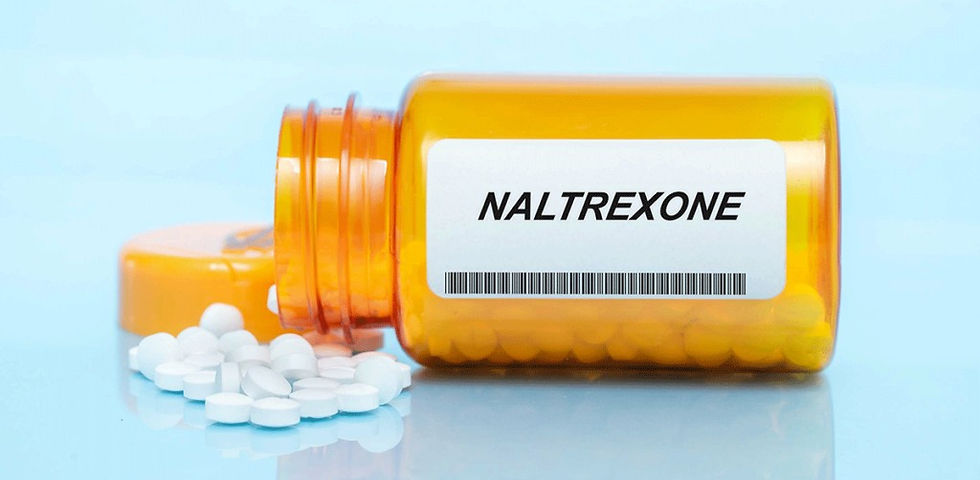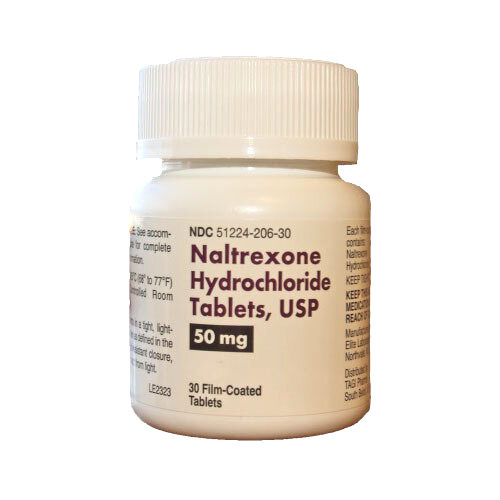From Declaration to Action: Why Naltrexone Must Be Next
- Percy Menzies, M. Pharm.

- Aug 4
- 2 min read
Percy Menzies response to article on: Link: https://www.samhsa.gov/newsroom/press-announcements/20250318/secretary-kennedy-renews-public-health-emergency-declaration-address-national-opioid-crisis

It is commendable that HHS Secretary Robert Kennedy has extended the emergency for another 90 days. Recall, the emergency was first declared in 2017! What concrete steps were taken then to address this complex opioid epidemic?
Yes, some important actions were implemented, such as allowing take-home doses for methadone, removing restrictions on buprenorphine, and changing the status of naloxone to an over-the-counter medication. We may claim some success: for the first time in several decades, we have seen a 25% decrease in overdose deaths in the 12 months ending October 2024. While we’re not entirely sure what led to this welcome figure, this is no time to drop our guard. Every single day, we still lose about 150 people to overdose—and that number must come down dramatically.
What more can be done to Make America Healthy Again? The press release mentions expediting demonstration projects related to substance use disorders. I cannot think of a better project than taking the next step: increasing access to naltrexone, a medication closely related to naloxone. Many experts attribute the recent decline in overdose deaths to the widespread distribution of naloxone—and that may very well be true.
I have been tirelessly advocating for the next commonsense step: dramatically increasing access to naltrexone. The press release clearly states that the Administration and HHS are committed to preventing substance use initiation. Can you think of a better medication to prevent substance use initiation—or reinitiating opioid use—than naltrexone? If anyone has a better strategy, I’d love to hear about it.
The beauty of this strategy is that it does not require expending millions of dollars. I am advocating—indeed, pleading—for naltrexone to be given the same status as naloxone. Patients should be able to walk into a pharmacy and pick up a supply of naltrexone without a prescription, with pharmacists available to educate them on how to use this life-saving medication.
We’ve spent tens of millions of dollars distributing naloxone and conducting workshops on how to use it; naltrexone would require only a fraction of that expenditure.
Another major benefit of naltrexone is the cost: a single pill costs about $1, while a two-pack nasal spray of naloxone costs upwards of $35!
I sincerely hope this message reaches Secretary Kennedy, and that we take a bold—and long overdue—step toward increasing access to naltrexone.
Want to connect with Percy? Reach out to him on LinkedIn

_edited.png)

The strategic approach to expanding access to life-saving treatments reminds me how important it is to invest in essentials that provide long-term value. Just like I carefully choose a durable leather jackets for men that combines style, protection, and longevity, healthcare strategies like wider naltrexone access require planning, quality, and sustainability to make a real impact. Both highlight the importance of thoughtful choices today that pay off over time, whether it’s protecting your health or building a reliable wardrobe staple.
I agree that expanding access to naltrexone would be a commonsense step forward. Cost and accessibility are huge barriers, and your comparison to naloxone highlights how small policy changes can have a big impact. In a way, it’s like Escape Road: one wrong turn can undo all progress, but the right path forward opens up new possibilities.
It’s encouraging to see efforts to expand access to life-saving medications like naltrexone, which can make a real difference in addressing the opioid crisis. Just as healthcare professionals rely on expert guidance to make informed decisions, students sometimes need support to manage challenging workloads. Services that allow you to do my assignment for me provide reliable, high-quality assistance, helping learners meet deadlines, reduce stress, and understand complex topics. With the right support, both public health goals and academic success become more achievable.
It’s a powerful call to action, emphasizing the importance of taking steps beyond mere declarations. This mirrors how, in any field, we must transition from theory to practice. If you're looking to enhance your technical skills, here is an invaluable resource. The front end handbook offers a roadmap to turn your theoretical knowledge into actionable steps, whether you’re building websites or mastering new technologies. Just like in healthcare, the key to success is taking the right action and following through.